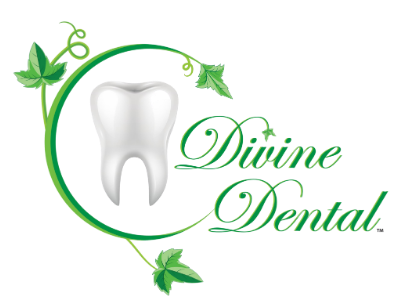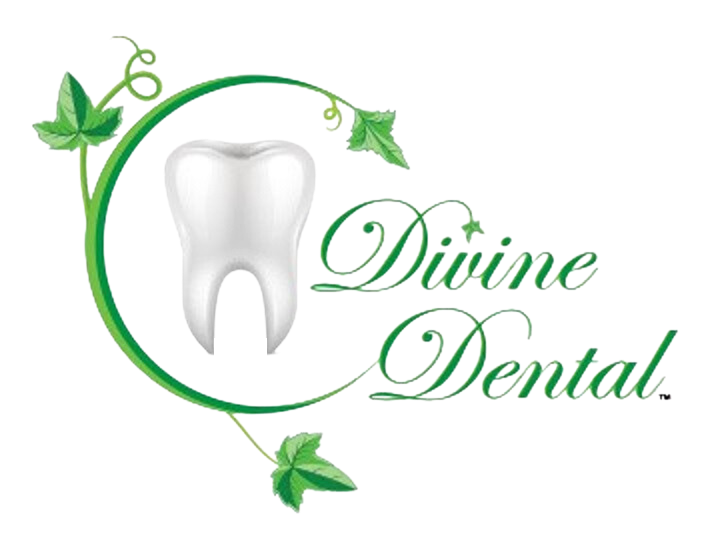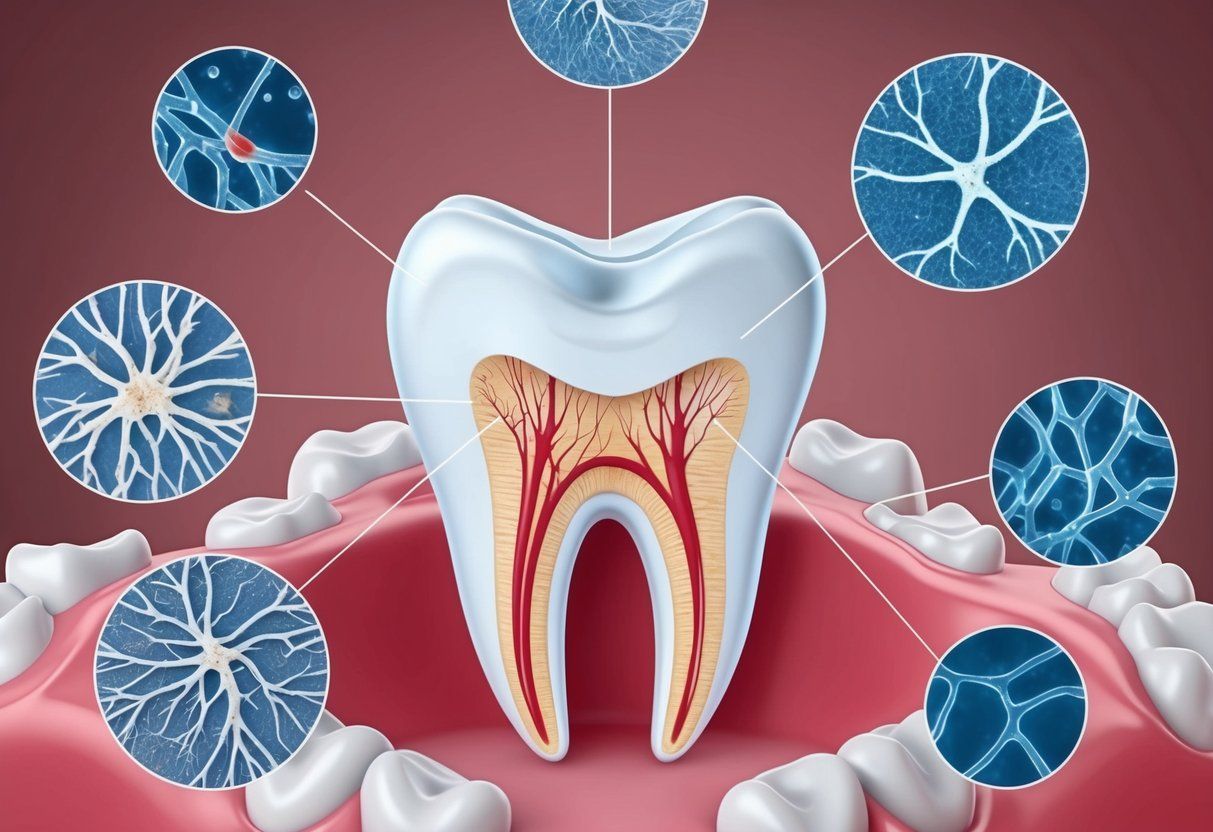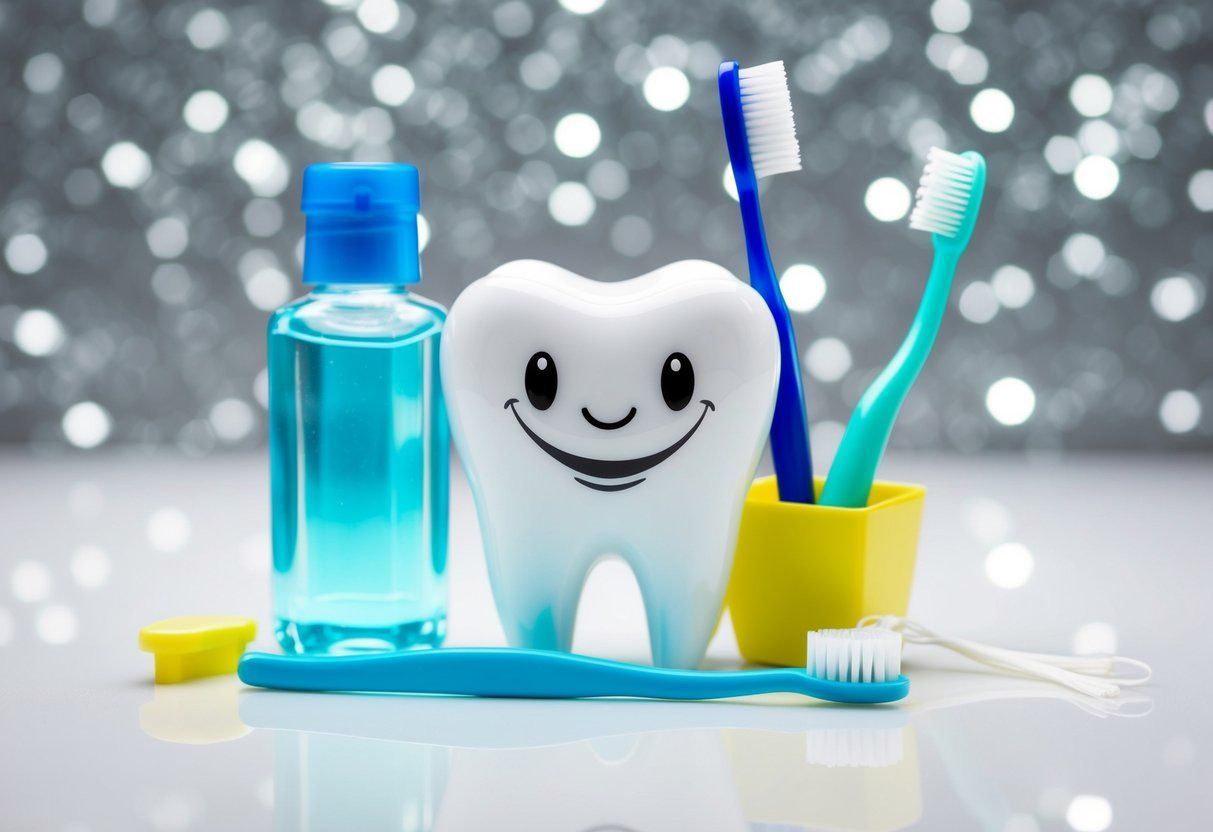Navigating Orthodontic Appliances: Tips For Comfort And Care
Getting orthodontic appliances can be a life-changing experience, but it can also be a daunting one. From braces to retainers, there are many different types of appliances that can help straighten your teeth. However, with these appliances comes a new set of challenges in terms of comfort and care. How can you navigate through this process with ease?
Orthodontic appliances are commonly used to correct misaligned teeth and improve overall oral health. While they are incredibly beneficial, they can also cause discomfort and require special care. Understanding how to properly manage and maintain these appliances is crucial for a successful orthodontic journey.
If you're about to embark on an orthodontic treatment or already have appliances in place, it's important to have the necessary knowledge and tips to ensure comfort and proper care. By avoiding common mistakes and following the right practices, you can make your orthodontic experience as smooth and painless as possible. In this article, we will explore essential tips and tricks to help you navigate through orthodontic appliances with ease.
Understanding Orthodontic Appliances
Orthodontic appliances come in various types, each serving a specific purpose in the correction of dental alignment issues. The most common types include braces, aligners, retainers, space maintainers, and palatal expanders.
Braces are used to correct misaligned teeth and jaws by applying continuous pressure to move them into the proper position. They consist of brackets, wires, and bands, and are often used in conjunction with rubber bands for additional pressure. Aligners, such as Invisalign, are clear, removable trays that gradually shift the teeth to the desired position without the need for visible wires or brackets.
Retainers are often used after braces or aligner treatment to maintain the correct alignment of the teeth. Space maintainers are used to hold space for permanent teeth if a primary tooth is lost prematurely. Palatal expanders are used to widen the upper jaw to create more space for crowded teeth.
For example, braces are commonly used for moderate to severe alignment issues, while aligners are preferred for mild to moderate cases. Retainers are necessary to prevent teeth from shifting back to their original position after orthodontic treatment. Overall, orthodontic appliances are designed to address various dental issues and create a straight, healthy smile.

Tips for Navigating Orthodontic Appliances
Orthodontic appliances come in various types, each serving a unique purpose in achieving a healthy and beautiful smile. Braces are the most common appliance, consisting of brackets and wires to straighten teeth. Retainers maintain the position of the teeth after braces are removed, preventing them from shifting back. Expanders widen the upper jaw to correct bite problems, while headgear corrects bite and alignment issues by using straps around the head and neck. Rubber bands are often used with braces to adjust the bite and correct jaw alignment.
Proper maintenance and use of orthodontic appliances are crucial for successful treatment. Patients should follow their orthodontist's instructions, including proper oral hygiene and dietary restrictions with braces. Retainers should be worn as directed to prevent teeth from moving. Expanders and headgear should be adjusted according to the orthodontist's guidance. Rubber bands should be worn as instructed to correct the bite and align the jaw properly.
Understanding the purpose and benefits of each orthodontic appliance, along with proper maintenance and use, is essential for navigating orthodontic treatment successfully. With proper care and adherence to instructions, patients can achieve a healthy and beautiful smile.
Long-term Care for Orthodontic Appliances
Long-term care for orthodontic appliances is crucial for maintaining good oral health and ensuring the effectiveness of the treatment. To start, it is important to monitor the appliances regularly for any signs of damage or wear. This includes checking for loose brackets or wires, as well as examining the overall condition of the appliance.
Regular cleaning of orthodontic appliances is also essential. Patients should be instructed to brush their teeth and appliances after every meal, using a soft-bristled toothbrush and fluoride toothpaste. Flossing should also be done daily to remove any food particles stuck between the teeth and appliances.
Additionally, patients should schedule regular check-ups with their orthodontist to monitor the progress of the treatment and make any necessary adjustments. These check-ups are essential for detecting any issues early on and ensuring that the appliances are working as intended.
For specific types of orthodontic devices such as braces or clear aligners, special care instructions may apply. Patients should be advised on proper techniques for cleaning and maintaining their specific appliance to prevent damage and achieve the best results.

Conclusion
In conclusion, taking care of your orthodontic appliances and understanding how to navigate them is essential for successful treatment. It is important to adhere to all instructions provided by your orthodontist, and to practice good oral hygiene habits while wearing your appliance. Taking steps such as avoiding certain foods, using a soft-bristled toothbrush, and rinsing after meals can help you maintain the health of your appliance and ensure the success of your orthodontic treatment. If you have any questions or concerns about your appliance, contact your orthodontist for guidance.
Our address
Work Hours
- Mon - Thu
- -
- Friday
- -
- Sat - Sun
- Closed
All Rights Reserved | Divine Dental |
Lead Generation by LeadLane
* Some restrictions may apply to a free second opinion




